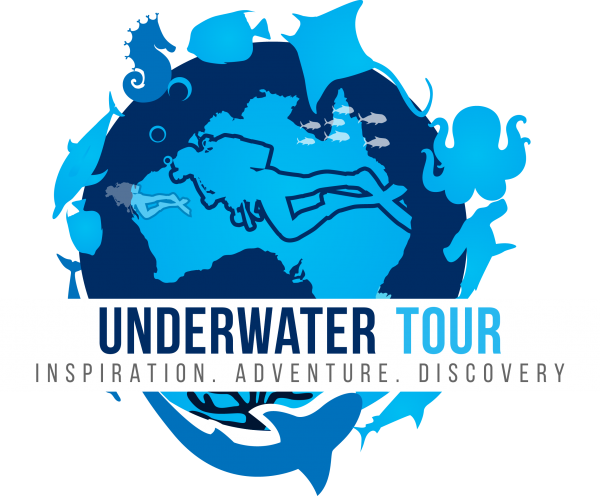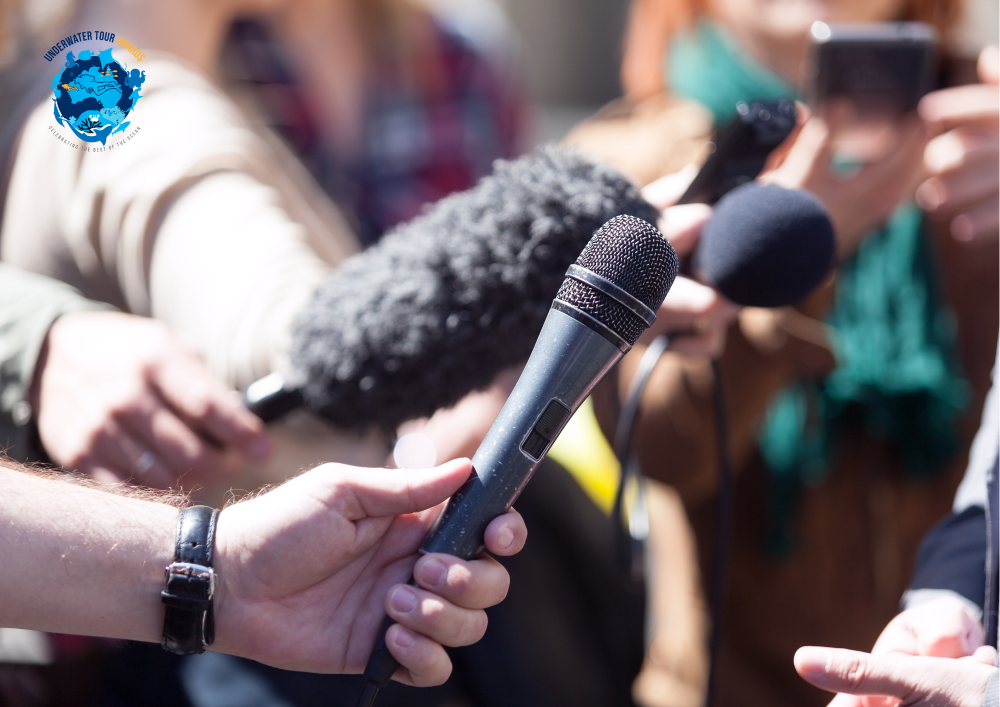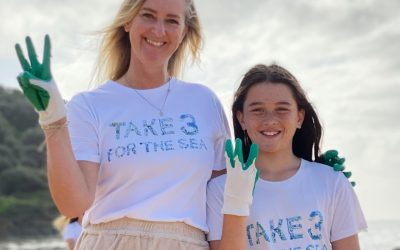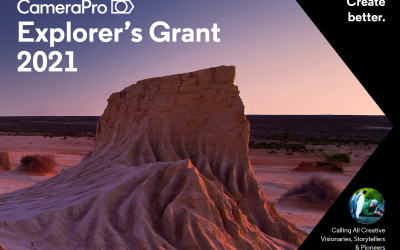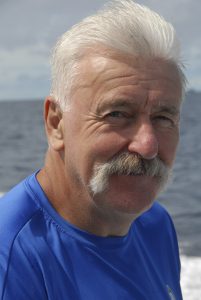
First in the water, we have Mike Scotland, Publisher and Editor of Dive Log Magazine.
Q & A with Juliette Myers
Already a prolific contributor to Sport Diving, Dive Log and other titles over the decades, it came as no surprise that Mike Scotland reached for the Dive Log baton two years ago. Mike now dedicates his time together with Graphic Designer Vikki, continuing Dive Log’s legacy – informing, educating and inspiring our diving community.
JM: Welcome Mike – How did you first come to love the Underwater World?
MS: I was always a nature lover. Before I took up scuba diving, I was an avid and serious bushwalker doing many 40 to 80 km treks in NSW and Victoria. I always studied native plants, spiders, reptiles, marsupials, birds and so on. My first trip to the GBR in 1974, I was knocked out by the colourful fish. I began to study, marine plants, Sea spiders, Sea Snakes, etc
JM: When did you first take a camera underwater? What was it and do you remember the first picture you captured?
MS: I bought a Nikonos II in 1978. Then, I bought a Nikon F and a Sea Tite housing in the same year. I currently use a Sea Cam Silver housing, (my fourth housing system) in a Nikon D810 camera and the best lenses I can afford. Since then, I have spent millions on U/W photography.
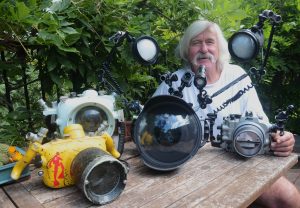
I remember vividly Blue Groper and Red Morwong and how I was so proud to show off my mediocre achievements while my friends cringed politely. Since then, I have strived to improve on every dive.
JM: What would be your own favourite subjects when photographing?
MS: I am a keen fish photographer. I like doing close up; then again, I like to photograph sharks and whales, turtles and divers, and, and.
JM: Your association with Dive Log goes back a long way … tell us about your history with Dive Log over the years?
MS: I wrote extensively for Sport Diving in the mid 1980’s before Barry Launched Dive Log. I have since written about 250 articles in various magazines with over one thousand pages of text and well over two thousand photos published. Barry served the Aussie divers for many decades and when he had enough, he needed to call it quits. Instead, he found a lunatic who was prepared to work for nothing and launch the new Dive Log at the worst possible time in history. That was me!
JM: Can you share a funny diving story?
MS: In 1985, I took eight divers diving on the deep wreck of the Tuggerah off Sydney at 47 metres. It was a chilly winter day with water about 15 degrees. 7 mm wetsuit mandatory.
We dived in two groups of four and carefully planned a bottom time of 15 minutes and a very safe deco sequence including a deep stop at 15 m. The first group descended, fighting what I saw was a strong current. They had to work hard to get down the anchor line. Nothing unusual for Tuggerah dives. They were always challenging! We followed five minutes later. As I got to the wreck, one of the first group whose name is Mick, was pointing to his belly button. With the rapid onset of Nitrogen Narcosis, It took me ages to work out what he was trying to tell me.
After three attempts to understand him, I had a lightbulb moment. He had no weight belt, a seven mm Moray Wetsuit with surface buoyancy of 21 pounds. Getting down had been a feat of great physical achievement. I quickly realised that he would be dangerously buoyant on the deco stop; a life threatening situation.
We had to abort the dive as a safety precaution for the group.
The beer he shouted the eight of us back at the pub still did not make up for the missed dive.
JM: When diving it’s possible to meet interesting characters along the way… what has been the most bizarre encounter you’ve had while traveling?
MS: The most bizarre encounter involved a paid international underwater photographer on assignment who disobeyed the dive instructions of the ships’ captain so many times that he finally got banned from diving for putting his life in danger, endangering the rest of the guests, causing alarms and ships alerts to be actuated several times and then nearly got lost at sea and finally ran out of air at 15m. He used up several of his nine lives in one dive trip. It was a miracle he did not get bent and lost at sea.
JM: If you’d like to pick a dive buddy from any time or place, who would it be and why?
MS: I like to dive by myself and to get engrossed in my photography. It is good to dive with an excellent dive guide who is good at finding things such as Digger from the Febrina in PNG and some of the guides in Indonesia on live aboards.
JM: Its been almost 2 years now since you took over the reins at Dive Log. Straight away, you’ve had to steer the magazine through a very difficult 12 months. What are the positive outcomes you now see that would not have otherwise been evident had world dive travel been tracking normally?
MS: There are a lot of highly motivated, passionate people out there making things happen. There are a lot of world class underwater photographers who have willingly given us access to their photos to help make Dive Log Australasia grow. There are a lot of loyal readers who want to see Dive Log succeed. Most of all, our Graphic Designer, Vikki is probably the most passionate of all.
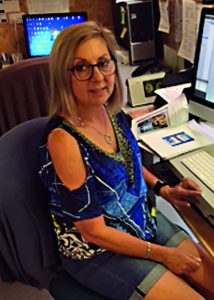
JM: What do you see as Dive Log’s role in our niche sector?
MS: Dive Log is a medium for divers to showcase their love of diving. Many divers have a strong awareness of the rampant destruction happening to Planet Earth by deforestation, extinction, overfishing, global warming, and dumping waste into the sea and a general lack of respect for Mother Nature. We want to celebrate the beauty in the sea and the precious nature of marine biodiversity. Also, we want to educate more divers about the sea so that steps will be taken to protect it.
We also want to showcase excellent underwater photography so the hard work and dedication of divers can be shared with others.
Finally, diving is an adventure sport. We want to tell divers about the great adventures, close encounters with sensational marine life from whales to Pygmy Sea Horses.
JM: What do you feel the vibe is out there in 2021?
MS: It is pretty obvious that these have been tough times. Then again, if you are alive and healthy, things are pretty good. We are not at war and the pandemics of 1348 and 1665 were a thousand time worse. (the Black Plague) Divers crave ocean adventure and the sheer joy of being immersed in the sea.
I would say the vibe is that divers are hanging out to dive and dive and dive some more.
Divers are rediscovering Australia. I have travelled to a lot of overseas dive destinations ranked amongst the world’s best. On a good day, many places in Australia can be better diving.
JM: If you could give one piece of good advice for readers of your magazine, what would it be?
MS: Dive Log is a magazine for divers to use to their own benefit. We welcome any input. If you meet an Angel Shark or you are doing something in diving such as researching Pygmy Pipe Horses, let us know and tell the readers about it. The sea is filled with magic and next time you have a great experience, why not share it?
Dive Log is great reading and entertainment; it is educational and features excellent diving stories.
Share Dive Log Australasia with your diving friends. Help us to grow and prosper.
If you enjoy reading something in Dive Log, write to us and let us know. We have world class underwater photography with stunning images. Tell us if you like what you see.
Finally, subscribe to the magazine and we will mail it to your direct. Facebook and social media purposefully limit social media communication unless you pay and pay and pay. Signing up cuts out the influence of foreign control. It is ok if Facebook threatens Scomo but it is not ok to hinder Dive Log and small media outlets.
Thank you Mike. Thank you Vikki. Thank you Dive Log!
